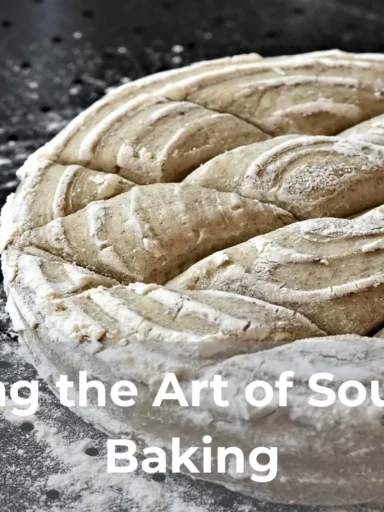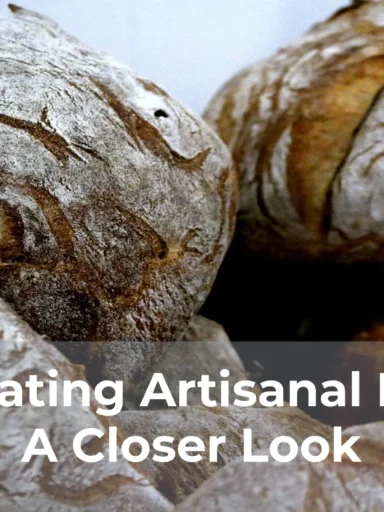The Art of French Pastry: Croissants and Beyond
Discover the exquisite world of French pastry as we delve into the art of creating the perfect croissants and beyond. From the flaky, buttery layers of a classic croissant to the delicate textures and flavors of other French delights, this article will take you on a delectable journey through the rich traditions of French baking.
Uncover the secrets behind achieving that distinctively light and airy croissant, as we explore the meticulous process of laminating the dough and the precise techniques required to achieve the perfect shape and golden brown color. Learn about the origins of this iconic French pastry and how it has become a symbol of sophistication and indulgence worldwide.
But our exploration of French pastry doesn’t stop at croissants. Venture further into the world of patisserie as we explore other iconic French pastries, such as pain au chocolat, éclairs, macarons, and tarte tatin. Discover the history behind these beloved treats and gain insight into the artistry and creativity that goes into their creation.
1. A Brief History of French Pastry: From Pâte feuilletée to Croissants
French pastry is renowned for its delicate flavors, intricate designs, and mouthwatering textures. But how did this culinary art form come to be? The history of French pastry dates back centuries, with its roots in the Middle Ages. It was during this time that the concept of pastry began to take shape, with the introduction of ingredients like butter, sugar, and eggs. Over the years, French pastry evolved, incorporating new techniques and ingredients to create the delectable treats we know and love today.
One of the significant milestones in the history of French pastry was the invention of pâte feuilletée, also known as puff pastry. This flaky and buttery dough was first developed in the 17th century and revolutionized the world of pastry-making. Pâte feuilletée is created by layering thin sheets of dough with ample amounts of butter, which creates multiple air pockets when baked, resulting in a light and airy texture. This technique opened up a world of possibilities, allowing pastry chefs to create a wide variety of pastries, from sweet tarts to savory pies.
Arguably one of the most iconic French pastries to have emerged is the croissant. While the exact origin of the croissant is still debated, it is believed to have been introduced to France in the 19th century. The croissant, with its crescent shape and flaky layers, was inspired by an Austrian pastry known as kipferl. French bakers perfected the recipe, using their expertise in working with buttery dough to create the light, buttery, and delicious croissants we enjoy today. Whether enjoyed plain or filled with chocolate or almond paste, the croissant remains a staple of French pastry craftsmanship.




